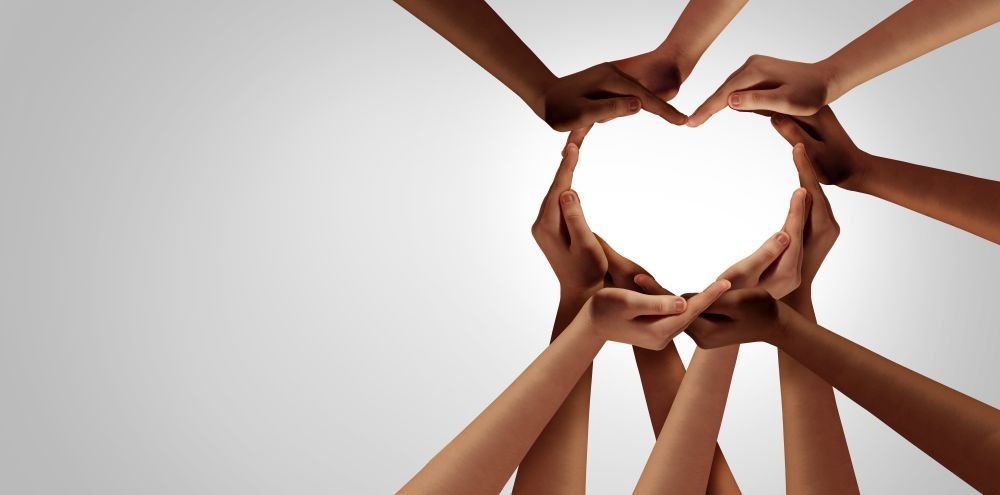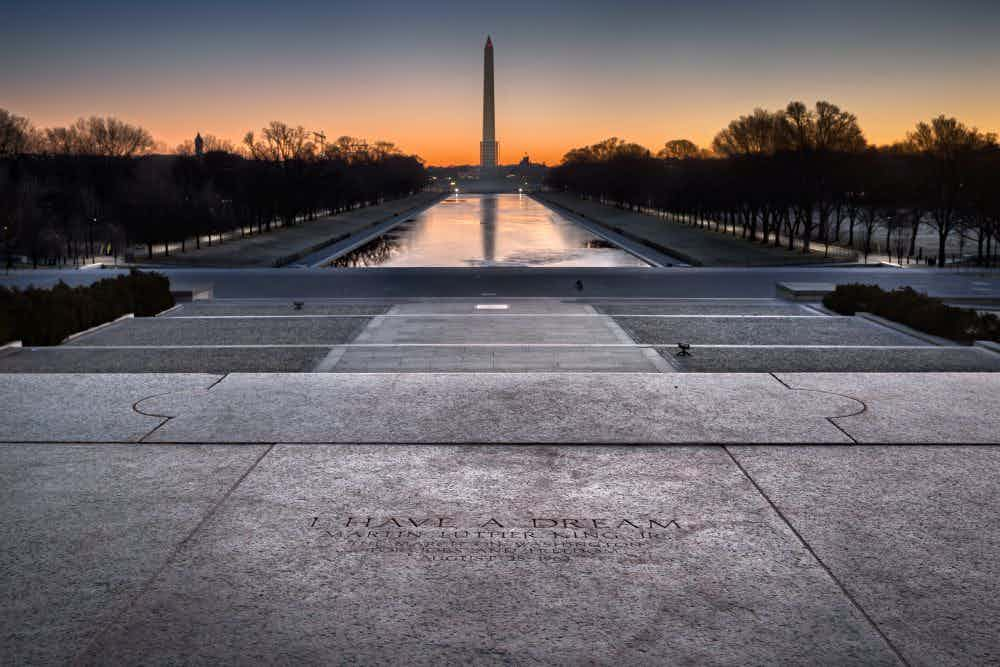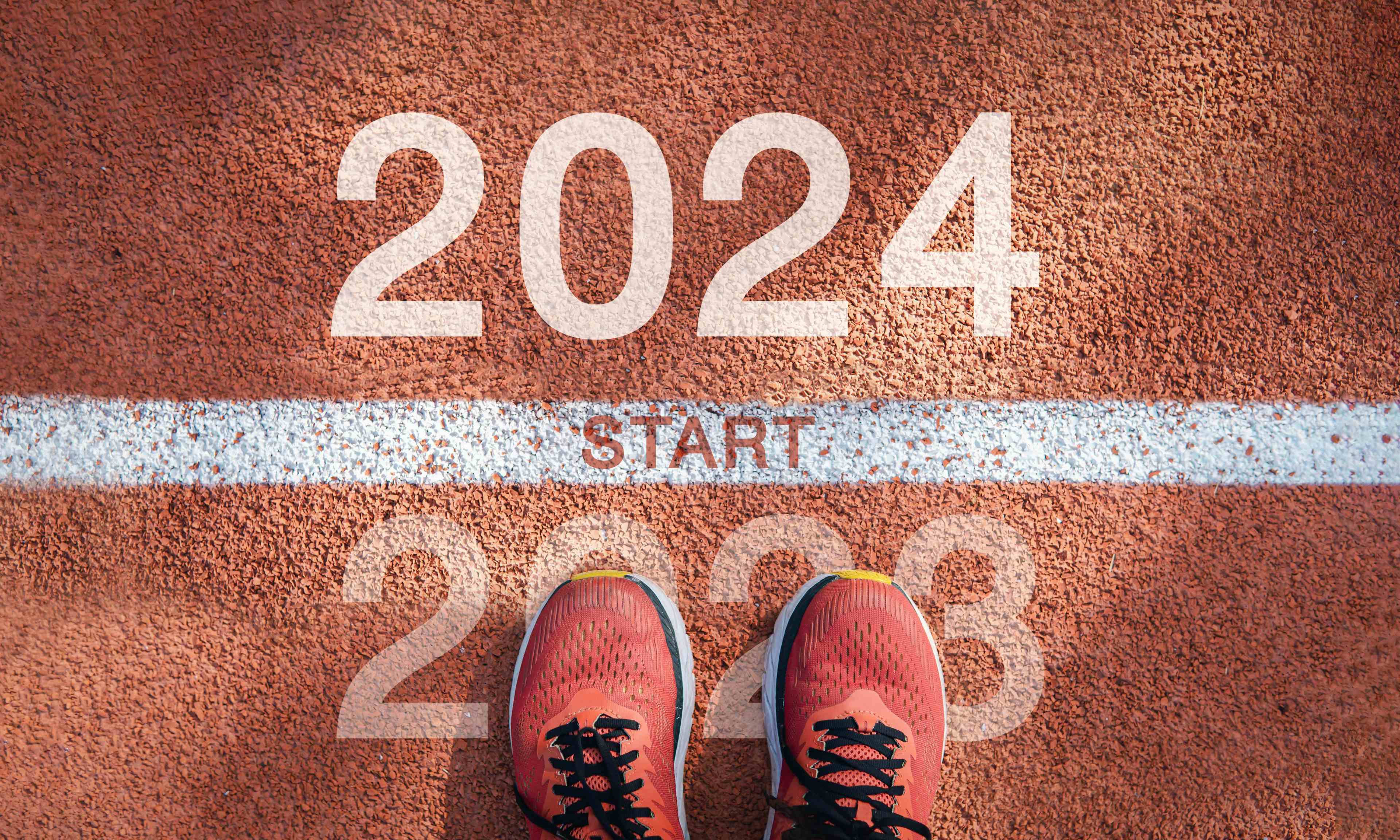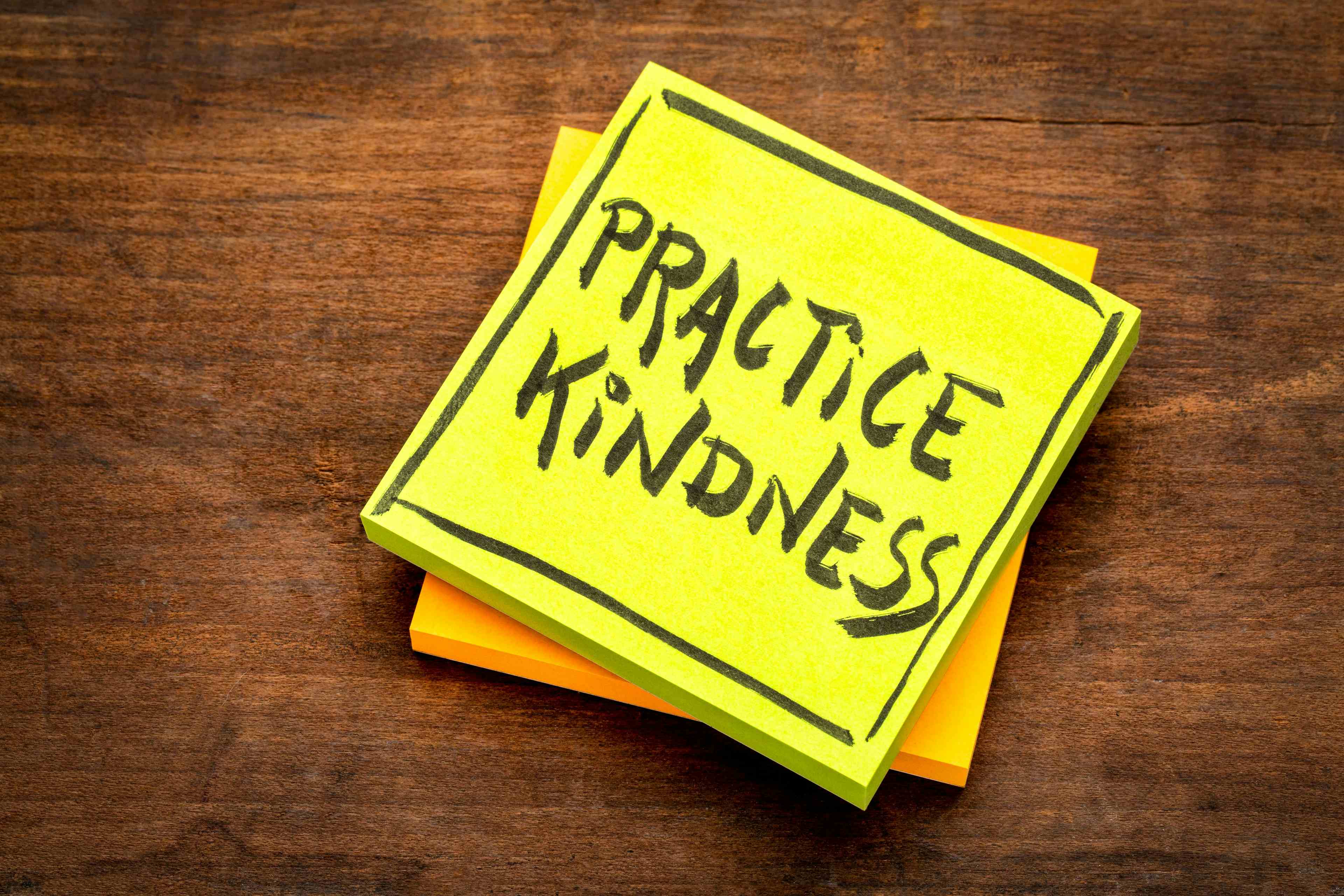Article
Black Rage Matters! A White Community Child Psychiatrist’s Journey in the Era of Black Lives Matter
Author(s):
One doctor shares her experience of treating black patients, and calls on you to help make reparations for the harm psychiatry has caused.
freshidea/AdobeStock

COMMENTARY
These days, I listen and hear black boys share their rage. I learn of their rage as a consulting psychiatrist for a school, as teachers express concern in a time of coronavirus 19 (COVID-19). There is concern for children who do not appear on the virtual classroom; concern for children whose parents cannot afford to buy food—eg, a single undocumented mother who can no longer work cleaning houses; concern for children whose parents are essential workers lacking childcare; concern that children who had been receiving on-site mental health care will lose essential support.
On one occasion, teachers expressed concern that an 8-year-old black Dominican-American boy, who I will call “Eduardo,” spoke of his desire to kill police to the class a few days after witnessing George Floyd killed on television. I reached out to this child.
I encountered this outspoken boy who declares, “My teacher gets me scared. She looks racist to me. She sounds angry at me. I didn’t do my homework because I didn’t have internet and she tells me, ‘Do your work. Do your work. Do your work.’ I don’t think she likes me. I get angry and need to walk away… Online work is hard. It makes me want to throw up. If the virus didn’t exit, I’d be happy, nice and calm. If I was online forever, I would run away from the house and go in the trash can… Online, it looks like I’m in prison. It looks like I’m talking to a detective.”
When I shared that staff expressed concern that he spoke of desire to kill police, he declared, “I wanted to kill police when they killed George Floyd. I’m afraid of them. They could kill me!” Eduardo goes on to say that he wishes he could get a minigun and shoot all white cops. After a moment of silence, he continued, “But I wouldn’t do it. I want to be a superhero gunner. I’d kill the bad guys and then heal them and put them in jail.”
When asked for his wishes, Eduardo responded, “To be God’s protector; God’s warrior; God’s Samurai…a black Samurai that hides in the shadows to protect children from getting killed.”
I marveled at Eduardo’s ability to channel his rage into creating a superhero, and I shared with his mother that he appeared to be an animated, creative, intelligent boy.
I, the white psychiatrist, heard Eduardo’s words and recalled the book, Black Rage, written during the civil rights movement in 1968 by the black psychiatrists William Grier, MD, and Price M. Cobbs, MD. I learned of their work as a student at Union Theological Seminary. Grier and Cobbs challenged psychiatrists to keep the black warrior fit to oppose racism in an unrelenting way so they can be healthy enough to enjoy the victories that are certain to come, stating, “Dissatisfaction with mistreatment is to be expected.”1
I also learned about black liberation theologian, James H. Cone, PhD, whose most recent work, The Cross and the Lynching Tree, lifts up the lynching tree as a symbol of white power/black death and the cross as the promise of divine power/black life. His words resound today: “The most important aspect of therapy with blacks… is that racist mistreatment must be echoed and underlined as a fact—a part of reality… The gravest danger is that unscrupulous people may see psychotherapy with blacks as a means of social control, to persuade the patient to be satisfied with his lot.”2
And so, I, the white psychiatrist, listen and make space for rage in a time of terror, space to acknowledge what is—we dwell in a country that yearns for reparations from our foundations of slavery and colonization. Eduardo uttered the black rage that Grier and Cobbs state is the product of “the desperation of the black man’s life in America.”1
Eduardo imagined himself a superhero. He echoed the words of Davis Guggenheim, whose recent documentary, Waiting for ‘Superman’3, articulates the reality of our country’s public school system that has been failing long before the pandemic, leaving parents and children feeling helpless and hopeless, perhaps blaming themselves for their plight.
As a white psychiatrist, I am concerned when I meet a 9-year-old black girl, who I will call “Maya.” She was prescribed 150 mg of chlorpromazine after exhibiting aggression toward her sister, and was hospitalized more than a year ago. Maya also takes lamotrigine, guanfacine, and methylphenidate daily. She is cared for by her grandmother, who regrets not medicating Maya’s mother, who is now homeless and has a substance use disorder. Maya’s grandmother did not recall being informed of chlorpromazine’s potential toxicity and agreed to lower the dose. She remembered the inpatient psychiatrist saying that the drug would be tapered and discontinued as an outpatient.
“But the doctor kept renewing it, and I did as I was told,” she said. After chlorpromazine was discontinued, Maya’s grandmother exclaimed, “She’s not aggressive!” Indeed, Maya was concerned for the baby next door who just had surgery for a cleft lip. Maya described the deformity in detail, and I declared that she could be a surgeon one day. “She sure could,” her grandmother beamed.
I marveled at the absence of rage as I met a single black mother of 4 young children who was evicted 2 years ago and had since been moved from motel to motel every few weeks. She told me that she had hoped to be given long-term shelter in a suburban hotel until the local residents shut it down before it could open.
“I understand,” the woman declared. “My sister owns a home and wouldn’t want the kind of people that are homeless living in her neighborhood.”
I grew enraged on her behalf, and I lifted her up. “To be honest, I don’t know how you do it. Move every few weeks like a piece of furniture. I’d be institutionalized by now.”
As a white psychiatrist I met a black Haitian boy and wondered if he spoke Creole, as I hear his mother’s accent.
“He won’t speak it…he understands,” declared his mother. I shared my experience of refusing to speak my German immigrant parents’ native language out of shame for World War II’s legacy. I told this boy of my pride of the Haitian people who were enslaved yet managed to overthrow their ‘masters.’
“We were slaves?” John asked. His mother affirmed this fact. “I wish I had a slave to cook for me,” smiled John. I joked that he would not want me as a slave because I am a terrible cook. “I’m sure that’s not true,” he replied. He entertained the thought of learning Creole after all.
We entered a space that acknowledges what is and invites a different future. My white German ancestors enslaved Jews, Roma, disabled individuals, LGBT individuals. My parents immigrated to a nation founded on acts of perpetration. I was taught as a child to cross the street when I saw a black person. As an adolescent, I was graced to be one of the few white youth in New York City’s All City Choir, where the conductor, John Motley, taught slave songs. Songs that hold the pain, rage, and hope of a people that keep on keeping on. Songs that taught me to sit in the wake of intergenerational trauma, prepared to hear the rage of the victimized into speech; prepared to carry the load of white responsibility; and ready to pave a way toward restorative justice.
I carry the history of a profession that has pathologized black rage—over-diagnosing paranoia; focusing on containing externalizing symptoms; incarcerating those with conduct disorders behind bars or with chemical restraint. I felt joy as I shed chlorpromazine from a black girl’s body, heard a black boy imagine me as a slave and another fashion himself as God’s Samurai. Indeed, as Derek Suite, MD, MS, et al indicated in their article, “Beyond Misdiagnosis: Relevance of the Historical Perspective in Medical and Mental Health Treatment of People of Color,” there is deep distrust in the African American community of the mental health profession.4
As a psychiatrist, I call on my profession to call for reparations; to advocate for equity in schools, housing, and health care; and to provide a healing space where people of color may be energized by rage to, in the words of the Black National Anthem, “march on ‘til victory is won.”5 May we become the superheroes our children yearn for. In the words of Ella Baker, “Until the killing of black men, black mothers’ sons, becomes as important to the rest of the country as the killing of a white mother’s son, we who believe in freedom cannot rest until this happens.”6
Dr Kessler is a community child, adolescent and adult psychiatrist who has spent her career working with underserved populations in New York. She is an ordained pastor in the Evangelical Church in America. She has served on the faculty of Albert Einstein College of Medicine, Columbia University, and Mount Sinai School of Medicine.
References:
1. Grier WH, Cobbs PM. Black Rage. Basic Books, Inc; 1968.
2. Cone J. The Cross and the Lynching Tree. Orbis Books; 2011.
3. Legend J. Waiting for "Superman". Documentary. Paramount Home Entertainment; 2011.
4. Suite DH, La Bril R, Primm A, Harrison-Ross P. Beyond Misdiagnosis, Misunderstanding and Mistrust: Relevance of the Historical Perspective in the Medical and Mental Health Treatment of People of Color. Journal of the National Medical Association. 2007;99(8):879-885.
5. Johnson JW, Johnson JR. "Lift Every Voice and Sing." NAACP. Accessed October 19, 2020.https://www.naacp.org/naacp-history-lift-evry-voice-and-sing/
6. Baker E. Speech. 1964.
















